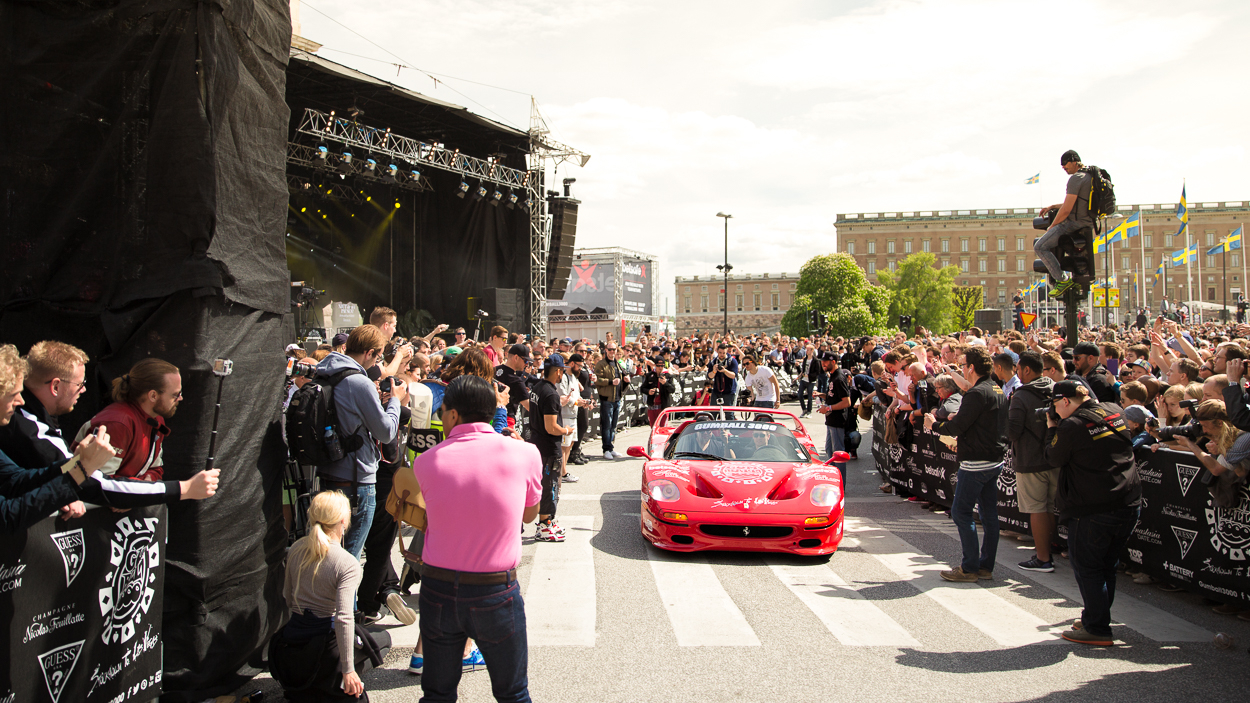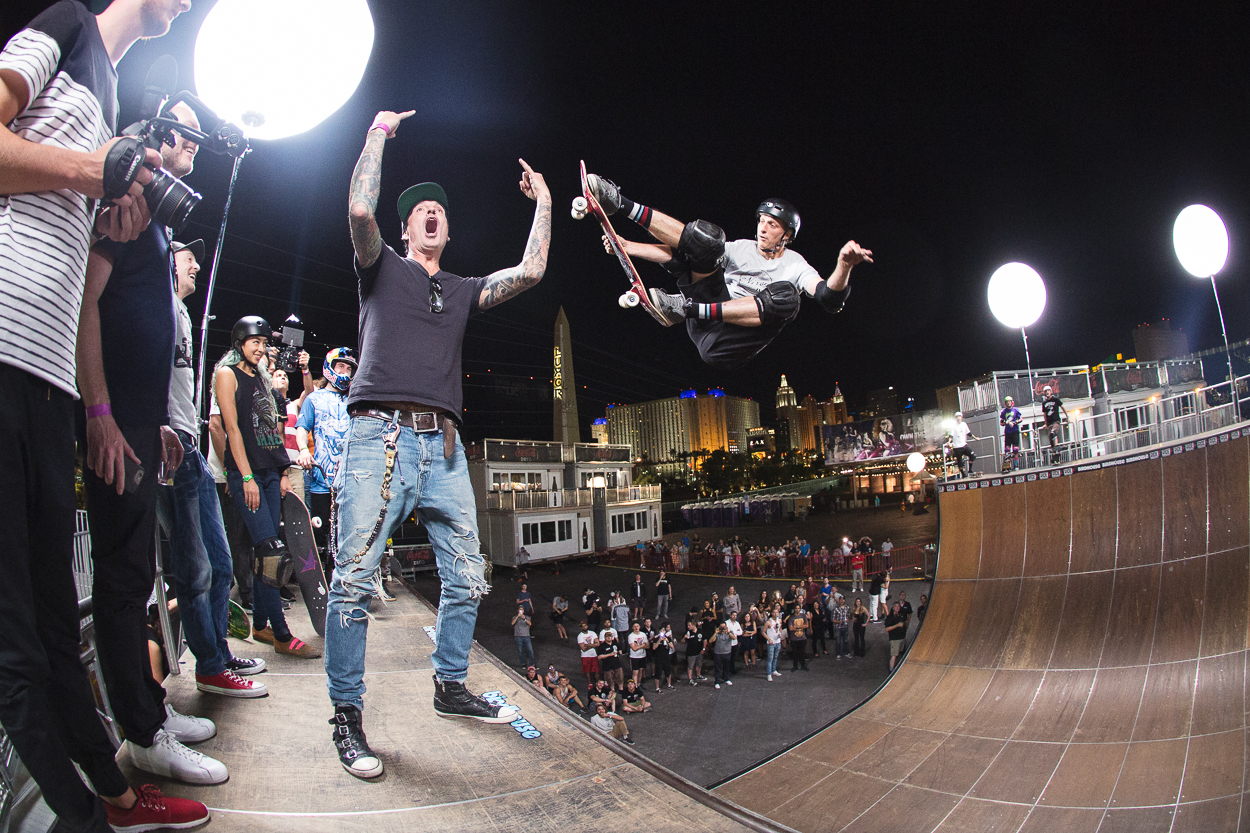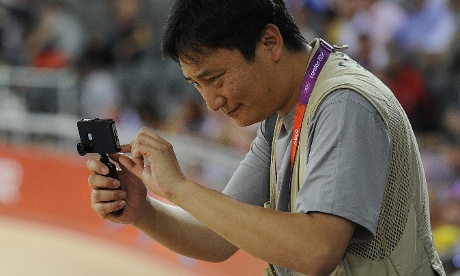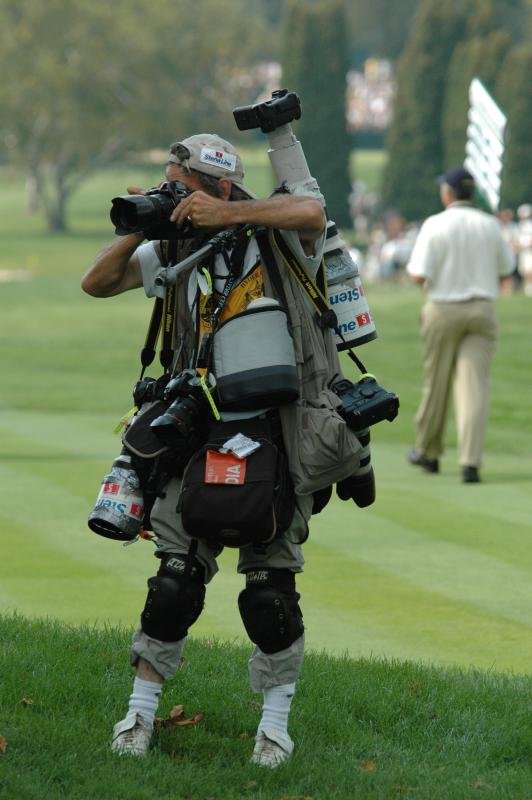Ever since I got my first a7s back in 2015 I have pondered what would make me switch from Canon. Now having owned an A7Rii for some time I was talking to someone quite recently and came up with a list of things I'd need in a Sony camera to make me ditch Canon altogether. This camera has EVERY SINGLE ONE!. Honestly, my things i'd like in a camera update were..
1. Mini joystick to move the focus point around (so much faster than the current system).
2. Around 24MP as 44MP is great but if you are shooting a lot of images the processing power and space required is obscene.
3. Faster overall, write speeds, fps etc. This camera delivers that..20FPS..bloody hell that's 8k video!
Sony have pulled it out of the bag. The new Sony A9 has all of the above and more. Things such as dual card slots, 2x the resolution in the viewfinder, better focusing coverage (you can now focus on 95% of the view you see through the screen which embarrasses SLRs). Dedicated autofocus type switch. All this in a tiny body with the usual Sony features like remote control from your phone.
Now the release of a new crazy spec camera is always interesting but the main thing that got me hyped about this is the idea that I might be able to lug less gear around. If I could get away with it i'd carry my iphone around or something smaller but since the quality isn't there we are stuck with conventional cameras for a while. At the moment I carry around 3 camera bodies, a bit of a mix between the Sony and Canon gear as I prefer the Sony for static shots and video but the Canons were so much faster...up until now!
Current example gearbag:
Sony A7rii - 582g
Canon 5D Mkiii - 860g
Canon 1DX Mkii - 1530g
Sony 16-35mm f4 - 520g
Canon 16-35mm f4- 615g
Canon 24-70mm f2.8 - 950g
Canon 70-200mm f2.8 - 1490g
Sony 55mm - 281g
Metabones adapter for Canon->Sony - 150g
The current weight of this setup on my back (not including laptop, spare batteries, lights etc etc) is 7kg. Switching to a Sony only setup would knock this down to 4.3kg..that's a 2.7kg reduction in the weight i have to carry around whilst improving quality and speed, that's insane. Nearly 40% less weight! I'm sold, I'm ordering one and I'll let you know how it is when I get it. I've included below the full press release from Sony for those that want to geek out.
Ciao
Sam
Sony Press Release
Groundbreaking Full-frame Mirrorless Camera Delivers Unmatched Speed, Versatility & Usability:
•World’s First (1) full-frame stacked CMOS sensor, 24.2 MP (2) resolution
•Blackout-Free Continuous Shooting(3) at up to 20fps(4) for up to 241 RAW(5)/ 362 JPEG(6) images
•Silent(7), Vibration-free shooting at speeds up to 1/32,000 sec(8)
•693 point focal plane phase detection AF points with 60 AF/AE tracking calculations per second
•Extensive professional features including Ethernet port for file transfer, Dual SD card slots and extended battery life
•5-Axis in-body image stabilization with a 5.0 step(9) shutter speed advantage
NEW YORK, Apr. 19, 2017 – Sony Electronics, a worldwide leader in digital imaging and the world’s largest image sensor manufacturer, has today introduced their new revolutionary digital camera, the α9 (model ILCE-9).
The most technologically advanced, innovative digital camera that Sony has ever created, the new α9 offers a level of imaging performance that is simply unmatched by any camera ever created – mirrorless, SLR or otherwise.
The new camera offers many impressive capabilities that are simply not possible with a modern digital SLR camera including high-speed, blackout-free continuous shooting3 at up to 20fps(4), 60 AF/AE tracking calculations per second(10), a maximum shutter speed of up to 1/32,000 second(8) and much more. These are made possible thanks to its 35mm full-frame stacked Exmor RS™ CMOS sensor – the world’s first of its kind – which enables data speed processing at up to 20x faster than previous Sony full-frame mirrorless cameras(11). This unique sensor is paired with a brand new, upgraded BIONZ X processing engine and front end LSI that maximizes overall performance.
This industry-leading speed and innovative silent shooting(7) is combined with a focusing system that features an incredible 693 phase detection AF points. Covering approximately 93% of the frame, the focusing system ensures that even the fasting moving subjects are reliably captured and tracked across the frame.
The new α9 also features a vibration free, fully electronic, completely silent anti-distortion shutter(7) with absolutely no mechanical mirror or shutter noise, making it an extremely powerful photographic tool for any shooting situation that demands quiet operation. To ensure maximum usability and reliability, the camera features a new Z battery with approximately 2.2x the capacity of W batteries, as well as dual SD media card slots, including one that supports UHS-II cards. An Ethernet port (wired LAN terminal) is available as well, and there is a wide variety of new settings, controls and customizability options that are essential for working pros.
“This camera breaks through all barriers and limitations of today’s professional digital cameras, with an overall feature set that simply cannot be matched considering the restrictions of mechanical SLR cameras” said Neal Manowitz, Vice President of Digital Imaging at Sony Electronics. “But what excites us most about the α9 – more than its extensive product specs – is that it allows professionals to see, follow and capture the action in ways that were never before possible, unlocking an endless amount of new creative potential.”
A New Standard of Speed & Focusing Accuracy
Critical to the record-breaking speed of the new α9 is the combination of the new stacked 24.2 MP(2) Exmor RS image sensor, new BIONZ X processor and front end LSI.
The immense processing power from these new components allows for faster AF/AE calculation while also reducing EVF display latency. The processor and front end LSI are also responsible for the larger continuous shooting buffer, enabling photographers to shoot at a blazing 20 fps(4) with continuous AF/AE tracking for up to 362 JPEG(6) or 241 RAW(5) images.
The camera’s innovative AF system tracks complex, erratic motion with higher accuracy than ever before, with the ability to calculate AF/AE at up to 60 times per second(10), regardless of shutter release and frame capture. Further, when the shutter is released while shooting stills, the electronic viewfinder functions with absolutely no blackout, giving the user a seamless live view of their subject at all times(12). This feature truly combines all of the benefits of an electronic viewfinder with the immediacy and “in the moment” advantages that not even the finest optical viewfinders can match, and is available in all still image modes including high speed 20 fps(4) continuous shooting.
With 693 focal plane phase detection AF points covering approximately 93% of the frame, the camera ensures improved precision and unfailing focus in scenes where focus might otherwise be difficult to achieve. The Fast Hybrid AF system – pairing the speed and excellent tracking performance of phase detection AF with the precision of contrast AF – achieves approximately 25% faster performance when compared with α7R II, ensuring all fast-moving subjects are captured.
Professional Capabilities in a Compact Body
Sony’s new full-frame camera is equipped with a variety of enhanced capabilities that give it a true professional operational style.
The α9 features an all-new, high-resolution, high-luminance Quad-VGA OLED Tru-Finder with approximately 3,686k dots for extremely accurate, true-to-life detail reproduction. The new Tru-Finder, which is the highest resolution viewfinder ever for a Sony α camera, incorporates an optical design that includes a double-sided aspherical element, helping it to achieve 0.78x magnification and a level of corner to corner sharpness that is simply outstanding. The EVF also utilizes a ZEISS® T* Coating to greatly reduce reflections, and has a fluorine coating on the outer lens that repels dirt.
This all adds up to a luminance that is 2x higher than the XGA OLED Tru-Finder from the α7R II, creating a viewfinder image with a brightness level that is nearly identical to the actual scene being framed, ensuring the most natural shooting experience. The frame rate of the Tru-Finder is even customizable, with options to set it for 60 fps or 120 fps(13) to best match the action.
The α9 is equipped with an innovative 5-axis image stabilization system that provides a shutter speed advantage of 5.0 steps(9), ensuring the full resolving power of the new sensor can be realized, even in challenging lighting. Also, with a simple half press of the shutter button, the effect of the image stabilization can be monitored in the viewfinder or on the LCD screen, allowing framing and focus to be accurately checked and continually monitored.
The α9 also offers an Ethernet port (wired LAN terminal), allowing convenient transfer of still image files to a specified FTP server at high-speed, making it an ideal choice for studio photography, high-profile news and sporting events and more. There is a sync terminal as well, enabling external flash units and cables to be connected directly for convenient flash sync.
New Features for Fast Operation
Sony’s new α9 has several new and updated focus functions that support faster, easier focusing in a variety of situations. The camera features a multi-selector joystick on the back of the camera, allowing shooters to easily shift focus point within the frame by pressing the multi-selector in any direction up, down, left or right when shooting in Zone, Flexible Spot or Expanded Flexible Spot focus area modes. The new model also offers touch focusing on the rear LCD screen for easily selecting of and shifting focus towards a desired focus point or subject.
New for Sony E-mount cameras, the α9 includes the addition of separate drive mode and focus mode dials, plus a new “AF ON” button that can be pressed to activate autofocus directly when shooting still images or movies.
Additional new capabilities include the “AF Area Registration”, which allows frequently used focus area to be memorized and recalled via custom button assignments. There is also the ability to assign specific settings (exposure, shutter speed, drive mode, etc) to a custom button to be instantly recalled when needed. The camera can memorize and automatically recall the last focus point used in a vertical or horizontal orientation as well, instantly switching back to it when that specific orientation is used again.
For enhanced customization, a “My Menu” feature is available, allowing up to 30 menu items to be registered in a custom menu for instant recall when needed.
Double Battery Life, Double Memory
The innovative α9 camera features an all-new Sony battery (model NP-FZ100) with 2.2x the capacity of previous Sony full-frame models, allowing for much longer shooting performance.
Also, based on extensive customer feedback, the new camera offers two separate media card slots, including one for UHS-II media. The same data can simultaneously be recorded to both cards, or the user can choose to separate RAW / JPEG or still images / movies. Movies can also simultaneously be recorded to two cards for backup and more efficient data management.
High Sensitivity & Wide Dynamic Range
The unique design of the α9 image sensor represents the pinnacle of Sony device technology. The 24.2 MP 2 full-frame stacked CMOS sensor is back-illuminated, allowing to capture maximum light and produce outstanding, true-to-life image quality. The sensor also enables the diverse ISO range of 100 – 51,200, expandable to 50 – 204,800(14), ensuring optimum image quality with minimum noise at all settings.
The enhanced BIONZ X processor plays a large part in image quality as well, as it helps to minimize noise in the higher sensitivity range while also reducing the need to limit ISO sensitivity in situations where the highest quality image is required.
The new α9 also supports uncompressed 14-bit RAW, ensuring users can get the most out of the wide dynamic range of the sensor.
4K Video Capture
The new α9 is very capable as a video camera as well, as it offers 4K (3840x2160p) video recording across the full width of the full-frame image sensor (15,16). When shooting in this format, the camera uses full pixel readout without pixel binning to collect 6K of information, oversampling it to produce high quality 4K footage with exceptional detail and depth. Recording is also available in the popular Super 35mm size.
Additionally, the camera can record Full HD at 120 fps at up to 100 Mbps, which allows footage to be reviewed and eventually edited into 4x or 5x slow motion video files in Full HD resolution with AF tracking (17).
New Accessories
Sony has released a variety of new accessories to compliment the new α9 camera, including:
-NP-FZ100 Rechargeable Battery – high-capacity battery with approximately 2.2x the capacity of the NP-FW50 W-series battery. It also supports InfoLITHIUM® technology, making it possible to view the remaining battery power as both a percentage display and five step icon on the camera’s LCD screen.
-VG-C3EM Vertical Grip – provides same operation, handling and design as theα9 camera, doubles battery life and allows USB battery-charging via the camera body.
-NPA-MQZ1K Multi-Battery Adaptor Kit – External multi-battery adaptor kit capable of functioning as an external power supply for four Z series batteries and as a quick charger. Kit comes with two packs of NP-FZ100 rechargeable batteries.
-GP-X1EM Grip Extension – Grip extender with same look, feel and design as α9 body. Enables more solid hold on camera.
-FDA-EP18 Eyepiece Cup –eye piece cup with locking mechanism
-BC-QZ1 Battery Charger –quick-charging battery charger. Charges one new Z series battery in approximately 2.5 hours.
-PCK-LG1 Screen Protect Glass Sheet – hard, shatterproof glass screen protector with anti-stain coating to prevent fingerprints. Compatible with touch operation and tilting LCD screen
Pricing & Availability
The Sony α9 Full-frame Interchangeable Lens Camera will ship this May for about $4,500 US and $6,000 CA. It will be sold at a variety of Sony authorized dealers throughout North America.
A variety of exclusive stories and exciting new content shot with the new Α90 camera and other Sony α products can be found at www.alphauniverse.com, a site built to educate and inspire all fans and customers of the Sony α brand.
The new content will also be posted directly at the Sony Photo Gallery and the Sony Camera Channel on YouTube. Detailed information pages within Sony.com for the new products can be found at:
•(US) – α9 Full-frame Interchangeable Lens Camera
•(CA) – α9 Full-frame Interchangeable Lens Camera
Please follow #SonyAlpha on twitter and visit @SonyAlpha on Instagram for all of the latest α camera news and content direct from Sony.
Notes:
1. As of April 19th, 2017
2. Approx. effective
3. Electronic shutter mode. At apertures smaller than F11 (F-numbers higher than F11), focus will not track the subject and focus points will be fixed on the first frame. Display updating will be slower at slow shutter speeds.
4. “Hi” continuous shooting mode. The maximum frame rate will depend on the shooting mode and lens used. Visit Sony’s support web page for lens compatibility information.
5. “Hi” continuous shooting mode, compressed RAW, UHS-II memory card. Sony tests.
6. “Hi” continuous shooting mode, UHS-II memory card. Sony tests.
7. Silent shooting is possible when Shutter Type is set to “Electronic” and Audio signals is set to “Off.”
8. 1/32000 shutter speed is available only in the S and M modes. The highest shutter speed in all other modes is 1/16000.
9. CIPA standards. Pitch/yaw stabilization only. Planar T* FE 50mm F1.4 ZA lens. Long exposure NR off.
10. At shutter speeds higher than 1/125 sec, smooth and blackout-free live view images are shown in EVF.
11. Compared to the front-illuminated CMOS image sensor in the α7 II.
12. Display updating will be slower at slow shutter speeds.
13. When the auto or electronic shutter mode is selected the viewfinder frame rate is fixed at 60 fps during continuous shooting.
14. Still images, mechanical shutter: ISO 100 – 51,200 expandable to ISO 50 – 204,800.
Still images, electronic shutter: ISO 100 – 25,600 expandable to ISO 50 – 25,600.
Movie recording: ISO 100 – 51,200 expandable to ISO 100 – 102,400.
15. In full-frame shooting, the angle of view will be narrower under the following conditions:
– When [File Format] is set to [XAVC S 4K] and [ Record Setting] is set to [30p]
16. Class 10 or higher SDHC/SDXC memory card required for XAVC S format movie recording. UHS Speed Class U3 required for 100Mbps or higher recording.
17. Sound not recorded. Class 10 or higher SDHC/SDXC memory card required.















